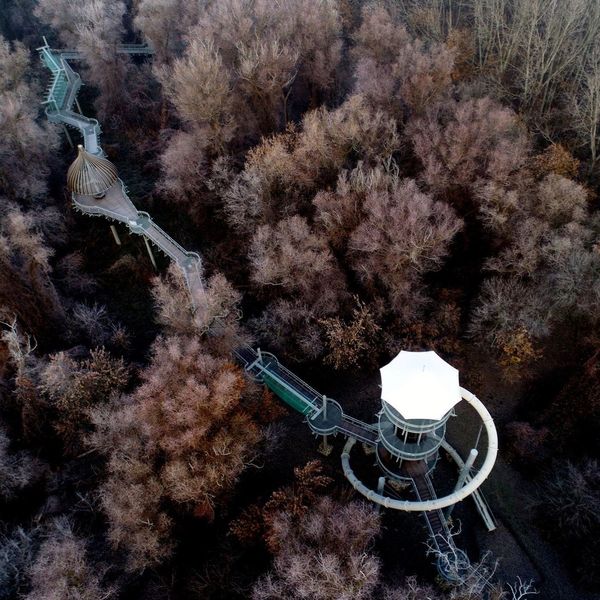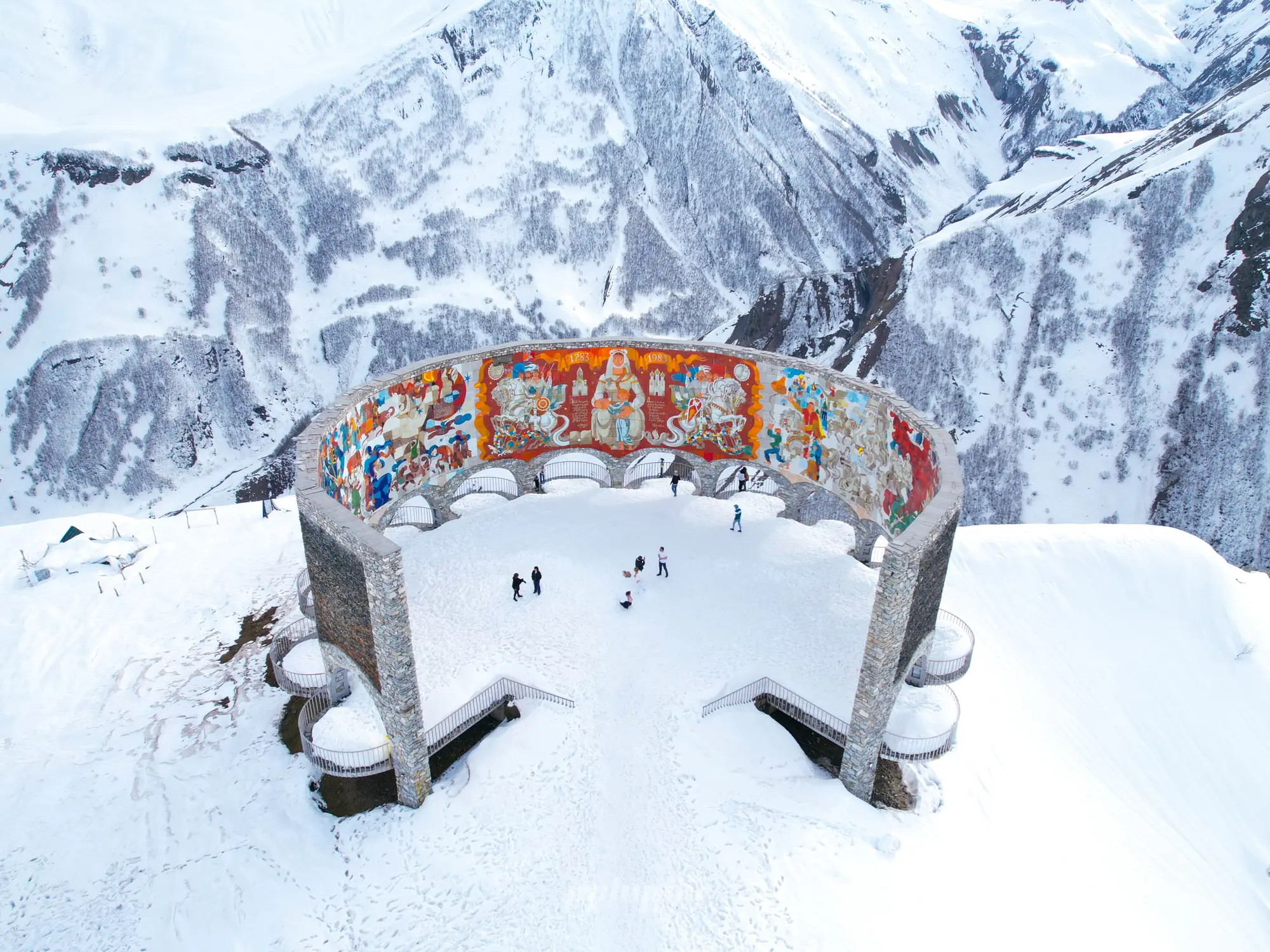The monument, located just five kilometers from Gudauri, is a testimony to the long history of Russian-Georgian friendship to this day. Let’s discover one of Georgia’s must-see pantheons!
The monument is located along one of the most important Georgian transport routes, known as the Military Road. The road is a symbolic and real link between Russia and Georgia, running for 212 kilometers from Moscow to the Georgian capital, Tbilisi.
It has an incredible history, with traders and invaders passing through the route regularly since ancient times. However, it was not fully completed until 1783, when the two countries signed the Treaty of Georgievsk, in which Catherine II of Russia promised military assistance in return for Georgian loyalty. However, this story ended in terrible bloodshed, with Russia annexing Georgia to its own territory. As a result, the event is not exactly positively remembered in Georgian memory.
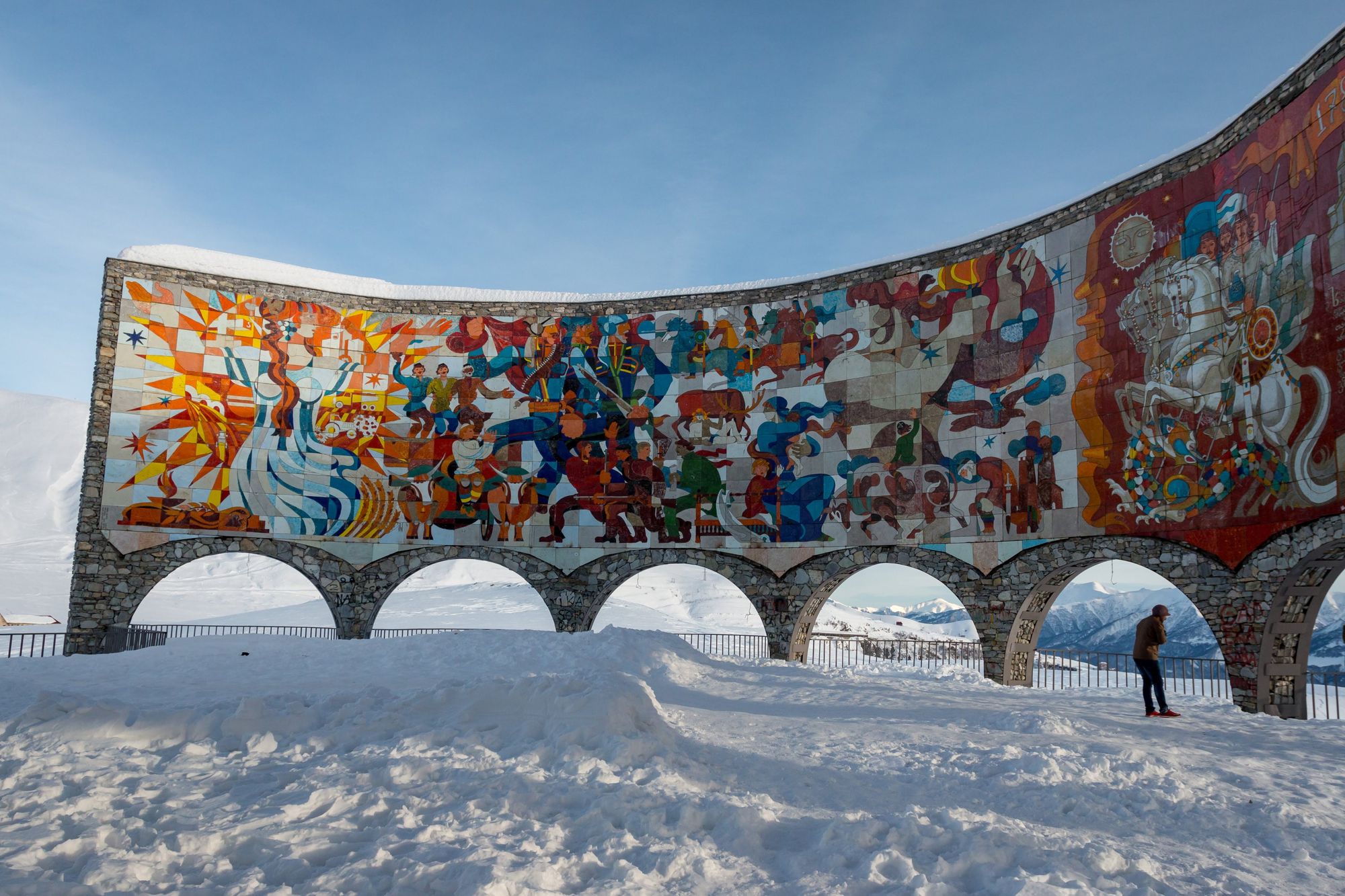
The monument was erected in 1983 to commemorate the bicentenary of the treaty and, despite its controversial history, is still a popular tourist attraction. Interestingly, friendship monuments have been built at both ends of the military road.
In spite of its questionable past, it is undeniable that the monument offers a stunning view of the Caucasus and the abyss in front of it, known in Georgia as the Devil’s Valley.
The mosaic inside is divided into two parts. On the left side are figures from Georgian history and mythology, and the right side depicts Russian characters. In the center, opposite the entrance, is the main image of the mosaic, a mother holding her child, probably representing future generations.
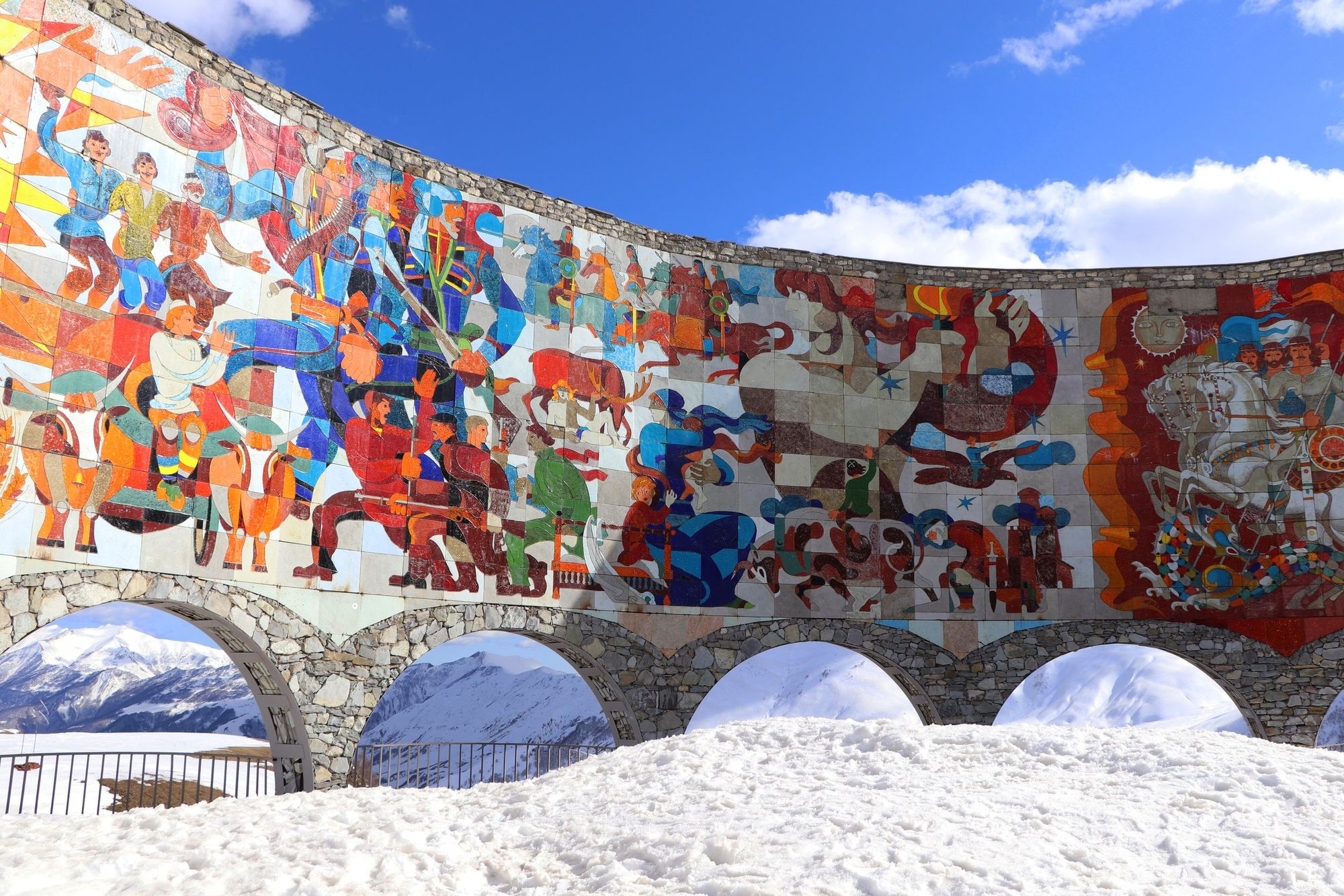
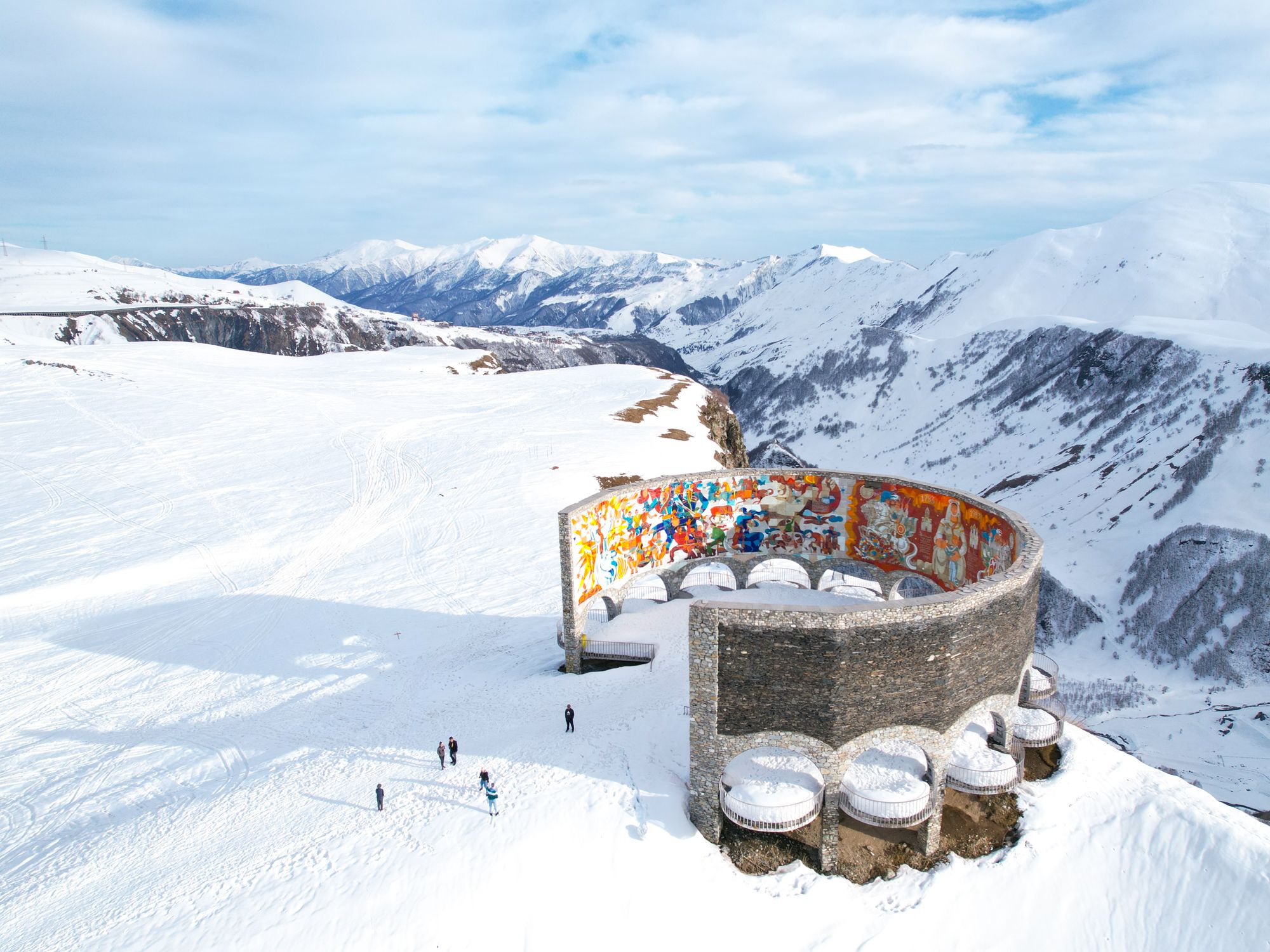

Source: blogspot, palapilii, twitter, seanandemilytravels, notesfromcamelidcountry

Christmas in a snow globe | Amazon’s holiday ad
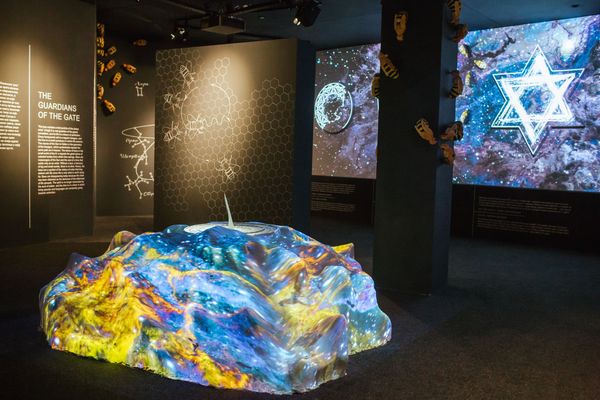
Pathways in the universe | Exhibitions in Novi Sad
